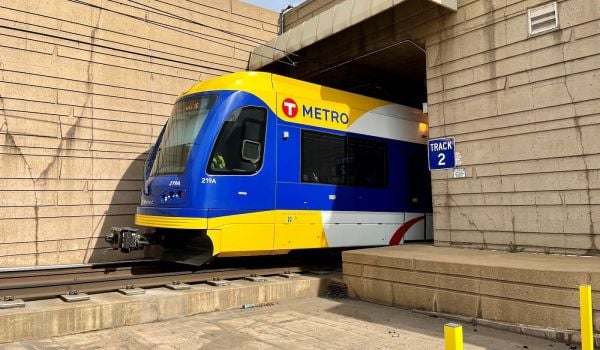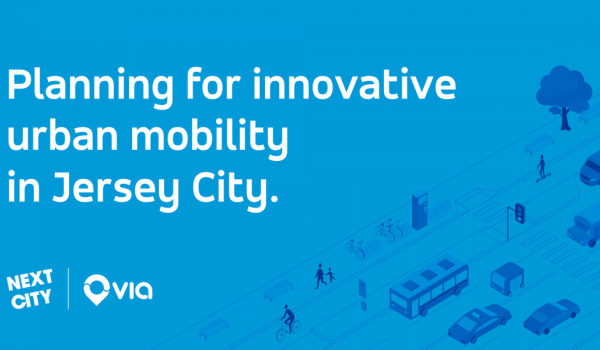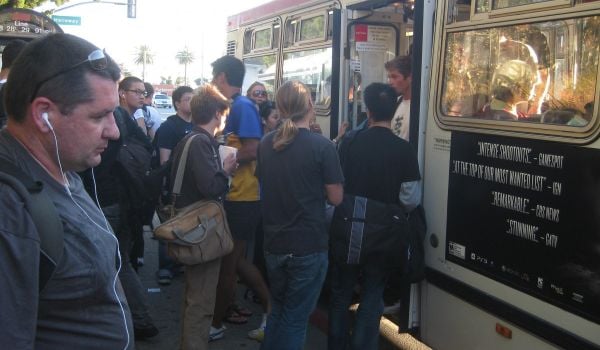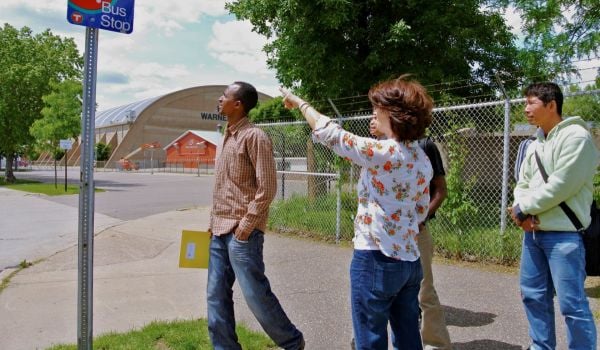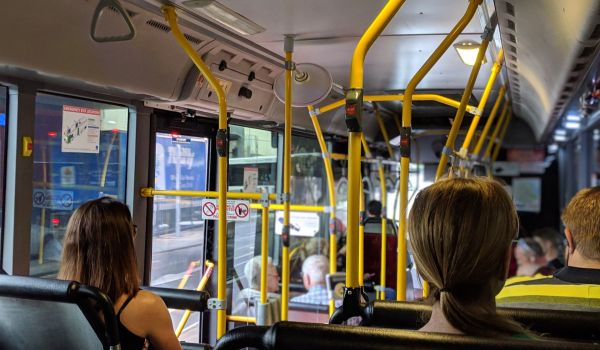Smart growth is an expansive issue. It is, as defined by the American Planning Association, the integration — into every aspect of planning for development — the consideration of the effects of growth on our health, environment, communities, and financial sustainability, as well as its effect on equality.
The two final Democratic candidates have certainly shown support for the principles of smart growth. They tuck it into their infrastructure, environment, energy, and poverty platforms. But, as an issue, smart growth is only mentioned during the campaign in reference to such specific issues, rather than being displayed as an overarching theme.
So where and when is it a consideration of the campaigns of Hillary Clinton and Barack Obama?
Perhaps the most wide ranging issue is infrastructure, which includes transportation networks, housing, and energy delivery systems. Part of Clinton’s plan to rebuild and protect the nation’s infrastructure is her support for the creation of a National Infrastructure Bank. The bank would help state and local governments finance future infrastructure projects. One consideration they take into account when deciding what to finance is whether that project promotes smart growth.
Obama just last week joined Clinton as a cosponsor of the bill that would create the bank.
She also calls for increasing funding for public transportation by $1.5 billion per year to reduce emissions and conserve energy. Furthermore, Clinton proposes linking transportation funding to planning that encourages dense residential development.
To lead by example, the former first lady said last April that her campaign would locate its offices near subways stations to encourage her staff to use public transportation.
In past proposals, she has voiced support for incentives for smart growth, rather than requiring it. “The federal government should not and cannot dictate priorities for individual communities, but it can be a convener, it can be an incentivizer, and that’s what we imagine it becoming,” the New York senator said in 2006.
Speaking about a bill she introduced that would have offered limited planning and revitalization grants to certain older suburbs, Clinton reminded her listeners of detrimental urban renewal programs of the ’60s and ’70s and the need to avoid such plans. “We want people themselves to work through what they want for their future,” she added.

Obama has taken many similar stances, but he would require states and local metropolitan leaders to integrate energy conservation in their plans for federal transportation funds before they receive them.
He says he will re-evaluate the transportation funding process to ensure that smart growth considerations are taken into account. An increase in public transportation funds, including extra funding for high-needs communities, is also part of Obama’s urban poverty plan.
To prove his commitment to tying transportation funds with smart growth strategies, he points to his support of a measure in 2005 that would have mandated that states increase bicycle and foot travel, as well as make it safer to do both.
Its not the only bill he has introduced to in regards to smart growth. He also pushed for a working group that would study the potential health effects of land use, housing, and transportation policy and plans. As he introduced the legislation to create the group in 2006 on the Senate floor, he said, “Where we work, live, and play has tremendous implications for our health, and improvements to these environments will lead to: greater opportunities for physical activity and a reduction in injuries because of safe sidewalks, biking paths, and parks; less reliance on personal automobiles which reduces toxic emissions; better access to fresh fruits and vegetables which leads to healthier nutrition; and the planning and building of ‘green’ homes and buildings which decreases energy consumption.”
Obama reintroduced it last March, and Clinton was a cosponsor of both.

